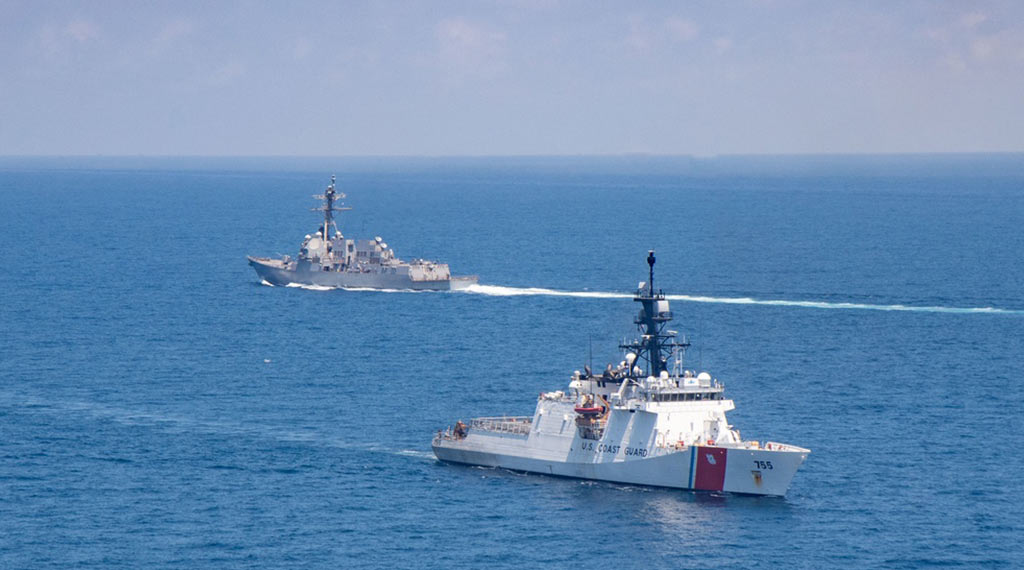
Would the United States win the battle to save Taiwan from China? Not according to a series of Pentagon simulations and war games. In an effort to figure out what would happen should U.S. forces come to the defense of Taiwan, the Pentagon has determined that the U.S. might be defeated and certainly would suffer heavy losses of personnel and equipment.
Among military strategists, there is even debate about whether American aircraft carriers, generally thought to be critical for the relief of Taiwan, are vulnerable today to Chinese missiles and could be destroyed from long distances—perhaps as far as 1,000 miles or more.
It wasn’t always this way.
In 1996, China conducted a massive missile “exercise” and began to mass troops, suggesting that the “exercise” was a cover for an invasion of Taiwan.
Stephen Bryen was in Taipei along with R. James Woolsey, former head of the Central Intelligence Agency early in the Clinton administration, and Admiral Leon “Bud” Edney, who only four years before had been Vice Chief of US Naval Operations. They felt the fear and anxiety rapidly spreading on the island.
They wondered what Washington was doing, and the three of them hit the phones to push the Pentagon and the White House to act. Up to that point, President Bill Clinton, along with the National Security Council, had been unwilling to respond mostly because they were all about improving ties with China and enlarging mutually advantageous trade. As the danger grew and loomed, and the situation was approaching a dire point, Clinton finally sent in two carrier task forces.
With the carriers steaming toward Taiwan, the Chinese backed down. While we don’t know everything, it is likely that the Chinese estimated that in a confrontation with the United States, and especially with the fighter planes on our carriers, an invasion would fail. In any case, to get their troops onto Taiwan, China did not then have the landing craft they needed, leaving them to rely on commercial ships that could fairly easily be sunk by U.S. aircraft.
But from that situation, China understood that to take over Taiwan it needed to significantly improve its navy and air force, acquire defensible landing vessels, and find a way to kill the American aircraft carriers. China has had 25 years to fix these problems and has done so by building very modern fighter planes (including the stealthy J-20) and nuclear bombers, landing ships such as the Type 075 Yushen Class large deck amphibious ships that can carry troops, helicopters, and armored vehicles, and carrier killer missiles.
In the carrier killer category is the Dong Feng (East Wind) DF-21D, a two stage solid fuel anti-ship missile with a range of 900 miles or more. This ship can be guided to its target by satellites and by drones. It is said to have a maneuverable reentry vehicle (warhead) making it difficult to defeat. Future versions of the DF-21D may also have multiple independently targeted warheads (MIRVs), adding to the DF-21Ds lethality and making it even more difficult to kill.
Click HERE to read more.
“The appearance of U.S. Department of Defense (DoD) visual information does not imply or constitute DoD endorsement.”
- Trump and Ukraine: what Russia wants, what Trump could do - November 8, 2024
- North Korean troops in Kursk could backfire on Moscow, Pyongyang - November 1, 2024
- Secure enclaves: bad CHIPS Act idea wasting billions - August 12, 2024
